Zhijing Sun
Unveiling the Key Factors for Distilling Chain-of-Thought Reasoning
Feb 25, 2025Abstract:Large Language Models (LLMs) excel in reasoning tasks through Chain-of-Thought (CoT) prompting. However, CoT prompting greatly increases computational demands, which has prompted growing interest in distilling CoT capabilities into Small Language Models (SLMs). This study systematically examines the factors influencing CoT distillation, including the choice of granularity, format and teacher model. Through experiments involving four teacher models and seven student models across seven mathematical and commonsense reasoning datasets, we uncover three key findings: (1) Unlike LLMs, SLMs exhibit a non-monotonic relationship with granularity, with stronger models benefiting from finer-grained reasoning and weaker models performing better with simpler CoT supervision; (2) CoT format significantly impacts LLMs but has minimal effect on SLMs, likely due to their reliance on supervised fine-tuning rather than pretraining preferences; (3) Stronger teacher models do NOT always produce better student models, as diversity and complexity in CoT supervision can outweigh accuracy alone. These findings emphasize the need to tailor CoT strategies to specific student model, offering actionable insights for optimizing CoT distillation in SLMs. The code and datasets are available at https://github.com/EIT-NLP/Distilling-CoT-Reasoning.
DemosaicFormer: Coarse-to-Fine Demosaicing Network for HybridEVS Camera
Jun 12, 2024



Abstract:Hybrid Event-Based Vision Sensor (HybridEVS) is a novel sensor integrating traditional frame-based and event-based sensors, offering substantial benefits for applications requiring low-light, high dynamic range, and low-latency environments, such as smartphones and wearable devices. Despite its potential, the lack of Image signal processing (ISP) pipeline specifically designed for HybridEVS poses a significant challenge. To address this challenge, in this study, we propose a coarse-to-fine framework named DemosaicFormer which comprises coarse demosaicing and pixel correction. Coarse demosaicing network is designed to produce a preliminary high-quality estimate of the RGB image from the HybridEVS raw data while the pixel correction network enhances the performance of image restoration and mitigates the impact of defective pixels. Our key innovation is the design of a Multi-Scale Gating Module (MSGM) applying the integration of cross-scale features, which allows feature information to flow between different scales. Additionally, the adoption of progressive training and data augmentation strategies further improves model's robustness and effectiveness. Experimental results show superior performance against the existing methods both qualitatively and visually, and our DemosaicFormer achieves the best performance in terms of all the evaluation metrics in the MIPI 2024 challenge on Demosaic for Hybridevs Camera. The code is available at https://github.com/QUEAHREN/DemosaicFormer.
MIPI 2024 Challenge on Demosaic for HybridEVS Camera: Methods and Results
May 08, 2024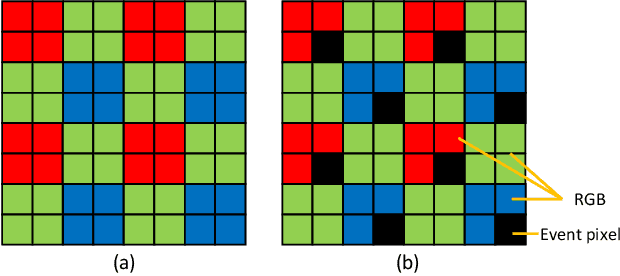
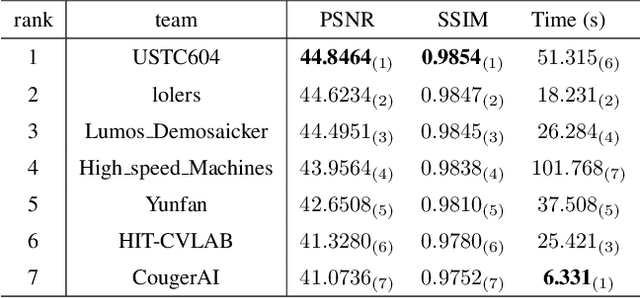


Abstract:The increasing demand for computational photography and imaging on mobile platforms has led to the widespread development and integration of advanced image sensors with novel algorithms in camera systems. However, the scarcity of high-quality data for research and the rare opportunity for in-depth exchange of views from industry and academia constrain the development of mobile intelligent photography and imaging (MIPI). Building on the achievements of the previous MIPI Workshops held at ECCV 2022 and CVPR 2023, we introduce our third MIPI challenge including three tracks focusing on novel image sensors and imaging algorithms. In this paper, we summarize and review the Nighttime Flare Removal track on MIPI 2024. In total, 170 participants were successfully registered, and 14 teams submitted results in the final testing phase. The developed solutions in this challenge achieved state-of-the-art performance on Nighttime Flare Removal. More details of this challenge and the link to the dataset can be found at https://mipi-challenge.org/MIPI2024/.
Deep RAW Image Super-Resolution. A NTIRE 2024 Challenge Survey
Apr 24, 2024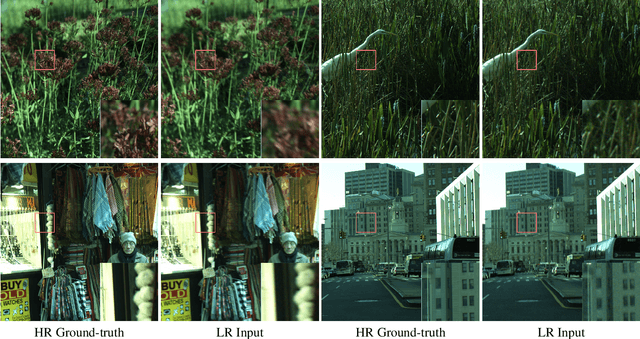

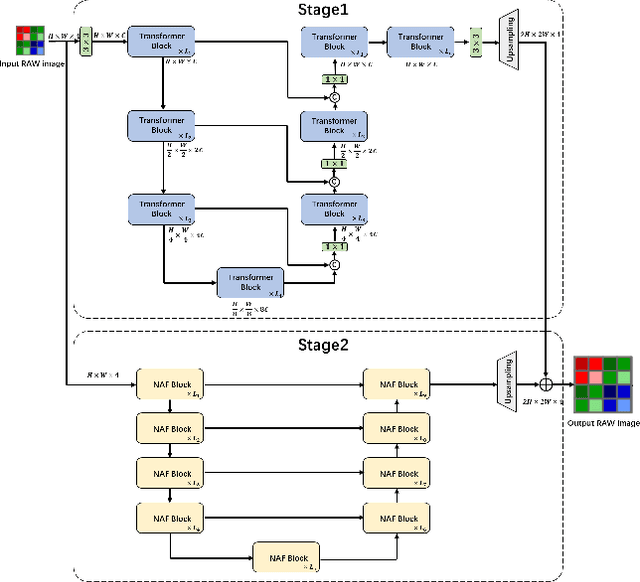
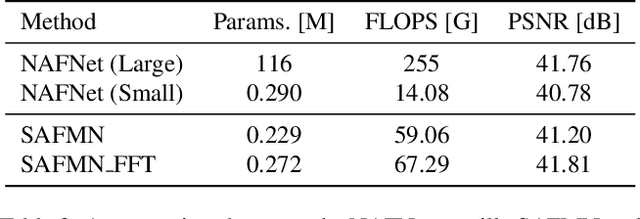
Abstract:This paper reviews the NTIRE 2024 RAW Image Super-Resolution Challenge, highlighting the proposed solutions and results. New methods for RAW Super-Resolution could be essential in modern Image Signal Processing (ISP) pipelines, however, this problem is not as explored as in the RGB domain. Th goal of this challenge is to upscale RAW Bayer images by 2x, considering unknown degradations such as noise and blur. In the challenge, a total of 230 participants registered, and 45 submitted results during thee challenge period. The performance of the top-5 submissions is reviewed and provided here as a gauge for the current state-of-the-art in RAW Image Super-Resolution.
 Add to Chrome
Add to Chrome Add to Firefox
Add to Firefox Add to Edge
Add to Edge